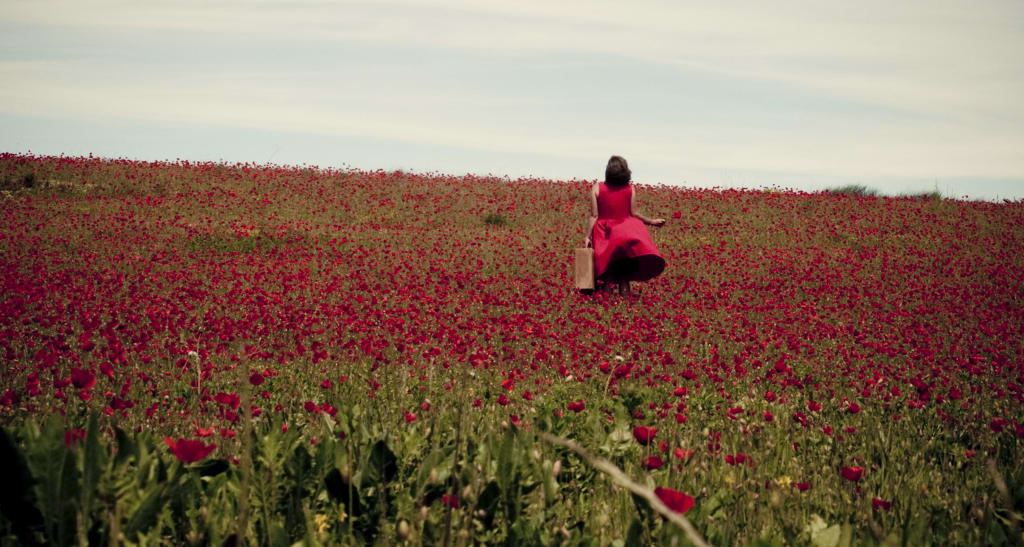Synopsis
Although one of the oldest action ballets in history, it does not appear in the least dated. In July 1789, only days before the storming of the Bastille, Jean Dauberval staged the first version of La Fille mal gardée, a ballet which depicted for the first time a love story between simple peasants. Since then, several choreographers have taken up the subject, notably Marius Petipa in 1885 and Frederick Ashton in 1960. The lasting popularity of Ashton’s version which includes dancing cockerels, old ladies and umbrellas is not due merely to the perfect fluidity of the choreography, but also to the irresistible charm of the characters that Ashton brings to life with humour and subtlety.
Duration : 2h10 with 1 interval
Artists
Ballet in two acts
Choreography after Jean Dauberval
Creative team
Cast
- Monday 25 June 2018 at 19:30
- Wednesday 27 June 2018 at 19:30
- Thursday 28 June 2018 at 19:30
- Saturday 30 June 2018 at 19:30
- Tuesday 03 July 2018 at 19:30
- Wednesday 04 July 2018 at 19:30
- Thursday 05 July 2018 at 19:30
- Saturday 07 July 2018 at 19:30
- Tuesday 10 July 2018 at 19:30
- Wednesday 11 July 2018 at 19:30
- Friday 13 July 2018 at 19:30
Latest update 28 May 2018, cast is likely to change.
Latest update 28 May 2018, cast is likely to change.
Latest update 28 May 2018, cast is likely to change.
Latest update 28 May 2018, cast is likely to change.
Latest update 28 May 2018, cast is likely to change.
Latest update 28 May 2018, cast is likely to change.
Latest update 28 May 2018, cast is likely to change.
Latest update 28 May 2018, cast is likely to change.
Latest update 28 May 2018, cast is likely to change.
Latest update 28 May 2018, cast is likely to change.
Latest update 28 May 2018, cast is likely to change.
Les Étoiles, les Premiers Danseurs et le Corps de Ballet
Orchestre de l’Opéra national de Paris
The performance on 14 July 2018 is free, reserved for partner charity associations.
Media
Access and services
Palais Garnier
Place de l'Opéra
75009 Paris
Public transport
Underground Opéra (lignes 3, 7 et 8), Chaussée d’Antin (lignes 7 et 9), Madeleine (lignes 8 et 14), Auber (RER A)
Bus 20, 21, 27, 29, 32, 45, 52, 66, 68, 95, N15, N16
Calculate my routeCar park
Parking Q-Park Edouard VII and Q-Park Meyerbeer 16 rue Bruno Coquatrix 4 rue de la Chaussée d'Antin 75009 Paris
Book your spot at a reduced priceAt the Palais Garnier, buy €10 tickets for seats in the 6th category (very limited visibility, two tickets maximum per person) on the day of the performance at the Box offices.
In both our venues, discounted tickets are sold at the box offices from 30 minutes before the show:
- €25 tickets for under-28s, unemployed people (with documentary proof less than 3 months old) and senior citizens over 65 with non-taxable income (proof of tax exemption for the current year required)
- €40 tickets for senior citizens over 65
Get samples of the operas and ballets at the Paris Opera gift shops: programmes, books, recordings, and also stationery, jewellery, shirts, homeware and honey from Paris Opera.
Palais Garnier
- Every day from 10 a.m. to 6:30 p.m. and until performances end
- Get in from Place de l’Opéra or from within the theatre’s public areas
- For more information: +33 1 53 43 03 97
Online
Palais Garnier
Place de l'Opéra
75009 Paris
Public transport
Underground Opéra (lignes 3, 7 et 8), Chaussée d’Antin (lignes 7 et 9), Madeleine (lignes 8 et 14), Auber (RER A)
Bus 20, 21, 27, 29, 32, 45, 52, 66, 68, 95, N15, N16
Calculate my routeCar park
Parking Q-Park Edouard VII and Q-Park Meyerbeer 16 rue Bruno Coquatrix 4 rue de la Chaussée d'Antin 75009 Paris
Book your spot at a reduced priceAt the Palais Garnier, buy €10 tickets for seats in the 6th category (very limited visibility, two tickets maximum per person) on the day of the performance at the Box offices.
In both our venues, discounted tickets are sold at the box offices from 30 minutes before the show:
- €25 tickets for under-28s, unemployed people (with documentary proof less than 3 months old) and senior citizens over 65 with non-taxable income (proof of tax exemption for the current year required)
- €40 tickets for senior citizens over 65
Get samples of the operas and ballets at the Paris Opera gift shops: programmes, books, recordings, and also stationery, jewellery, shirts, homeware and honey from Paris Opera.
Palais Garnier
- Every day from 10 a.m. to 6:30 p.m. and until performances end
- Get in from Place de l’Opéra or from within the theatre’s public areas
- For more information: +33 1 53 43 03 97
Online
Partners
-
Sponsor of La Fille mal gardée






















































































